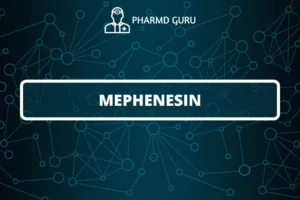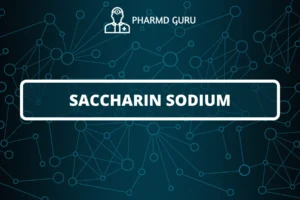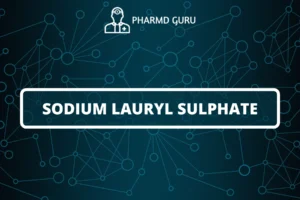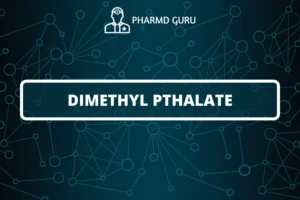Chlorbutol is a compound that has been historically used as an antimicrobial and preservative agent in pharmaceutical preparations. It has a wide range of applications, particularly in ophthalmic and otic formulations. Here’s some information on the preparation, test for purity, assay, and medicinal uses of Chlorbutol:
SCROLL DOWN TO THE BOTTOM OF THIS PAGE FOR ACTUAL NOTES.
Preparation of Chlorbutol:
Chlorbutol, also known as trichloro-2-methyl-2-propanol, can be prepared by the reaction of chloroacetic acid with tertiary butyl alcohol in the presence of a strong acid catalyst, such as sulfuric acid. The reaction produces chlorbutol along with the release of water as a byproduct.
Test for Purity of Chlorbutol:
Several tests can be conducted to assess the purity of Chlorbutol, including the following:
- Melting point determination: The melting point of pure Chlorbutol is around 90-92°C. A melting point analysis can be performed to check if the observed melting point matches the expected range.
- Thin-layer chromatography (TLC): TLC can be employed to evaluate the purity of Chlorbutol by comparing the chromatogram of the sample with that of a known pure reference sample.
- HPLC (High-Performance Liquid Chromatography): HPLC analysis can be performed to determine the impurity profile and quantify any impurities present in the Chlorbutol sample.
Assay of Chlorbutol:
An assay is performed to determine the concentration or purity of Chlorbutol in a given sample. The assay method for Chlorbutol generally involves titration with a suitable standardized base, such as sodium hydroxide (NaOH), using a suitable indicator. The assay determines the percentage or content of Chlorbutol present in the sample.
Medicinal Uses of Chlorbutol:
Chlorbutol has been traditionally used for its antimicrobial and preservative properties in pharmaceutical formulations. It has been commonly used in ophthalmic and otic (ear) preparations, including eye and ear drops, where it helps prevent the growth of microorganisms. The presence of Chlorbutol in these formulations helps maintain the sterility of the product and extends its shelf life.
ACTUAL NOTES:
PATH: PHARMD/PHARMD NOTES/ PHARMD FIRST YEAR NOTES/ ORGANIC CHEMISTRY/ PHARMACEUTICAL ORGANIC CHEMISTRY/ CHLORBUTOL.




